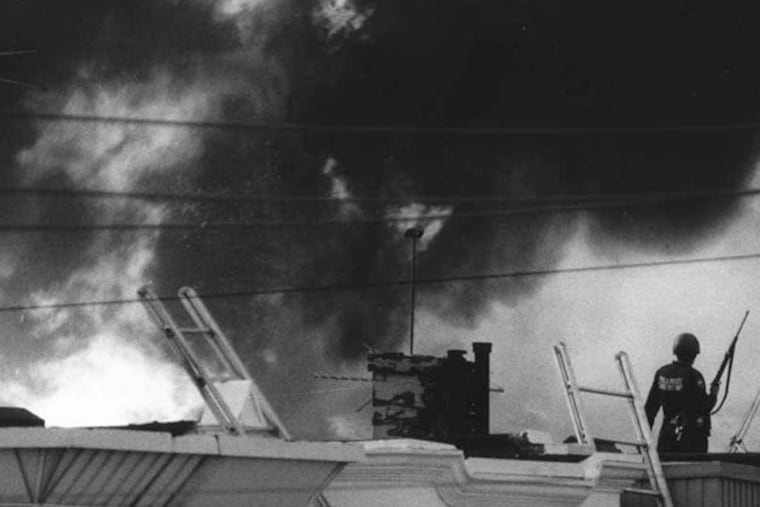A haunting look at when Phila. burned
As Jason Osder tells it, in 1985 he was 11, a fifth-grader at the Miquon School in Conshohocken, when news broke that after a daylong standoff, the Philadelphia Police and Fire Departments had bombed the MOVE headquarters on Osage Avenue in West Philadelphia. Six adults, including John Africa, the activist/provocateur/founder of the back-to-nature group, and five children were incinerated in the resulting fire, which also destroyed 60 other homes.
